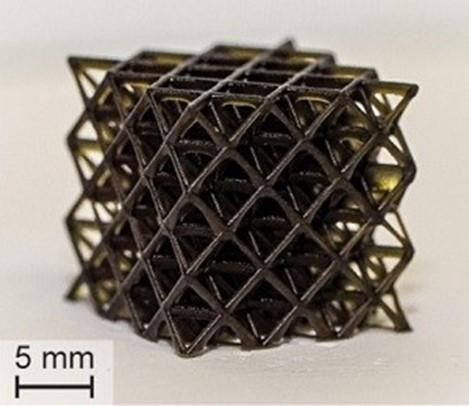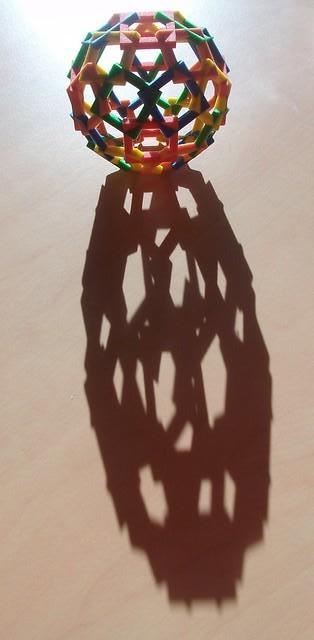
2 minute read
Southwest Regional Award Recipient
From the ACS Press Room
Rapid 3D Printing with Visible Light
Advertisement
“Rapid High-Resolution Visible Light 3D or hydrogels containing live cells. However, Printing” because visible light is lower in energy than ACS Central Science UV, visible-light curing is currently too slow 3D printing has driven innovations in fields leagues wanted to find a way to speed up the ranging from art to aerospace to medicine. process. However, the high-energy ultraviolet (UV) light used in most 3D printers to cure liquid resins into solid objects limits the technique’s applications. Visible-light curing, which would be more appropriate for some uses, such as tissue engineering and soft robotics, is slow. Now, researchers reporting in ACS Central Science have developed photopolymer resins that boost the speed of visible-light curing.
With the help of computer-aided design, 3Dprinted objects are made by the successive layering of a material into a 3D shape, with each layer solidified or “cured” using UV light. Being able to use visible light for curing would have advantages, including reduced cost, improved biocompatibility, greater depth of light penetration and reduced light scattering. These attributes could open up new applications for 3D printing, such as making opaque composites, multi-material structures to be practical. Zachariah Page and col-
This complex object was 3D printed in about 2.5 hours using visible light. Credit: Adapted from ACS Central Science 2020,
The researchers developed violet-, blue, green- and red-colored resins that contained a monomer, a photoredox catalyst (PRC), two co-initiators and an opaquing agent. When the PRC absorbed visible light from LEDs, it catalyzed the transfer of electrons between the co-initiators, which generated radicals that caused the monomer to poly-
From the ACS Press Room
merize. The opaquing agent helped confine curing to the areas struck by light, which improved spatial resolution. The optimized mix of components allowed the researchers to print stiff and soft objects with small features (less than 100 μm), mechanical uniformity and build speeds up to 1.8 inches per hour. Although the best build speed is still less than half that of the fastest rate obtained using UV light, it could be further improved by increasing the light intensity or adding other components to the resin, the researchers say.
The authors acknowledge funding from the U.S. Department of Defense and the Welch Foundation.

‘Starter Cultures’ Continued from page 12
to eliminate the microbes naturally living within the sausage. Over the course of 20 days, they checked the sausages and found a markedly different profile for microbe-free sausage compared to the sausage containing either of the two microbial cultures. For example, the researchers observed that linolenic acid, an unsaturated fatty acid, was accumulating in the microbe-free sausage but not in the cultured sausage. Differences emerged between the two sets of microbes as well, with the sausage containing the L. sakei culture alone, for example, producing higher levels of coriolic acid, which has antifungal activity and, at higher concentrations, also imparts bitter taste. A better understanding of the biochemistry by which microbes influence the quality of sausage and other fermented foods will aid the production of consistent, long-lasting and good -tasting products, the researchers say.
The authors acknowledge funding from the Natural Sciences and Engineering Research Council of Canada Discovery and CREATE programs, the University of Alberta’s Meat Education and Training Network, the Canada Research Chairs program and Mitacs.








